You may have heard about STM32 and ESP32 if you’re searching for the most popular microcontrollers and chipsets to power your device or project. Both these microcontrollers feature efficient processing capabilities, powerful development ecosystems, an excellent range of additional features and offer reliable performance. So which one is better – STM32 or ESP32? To help you decide, this blog post will compare the two systems extensively in terms of their core features like speed & performance, memory & storage capacities, peripheral pins & connections as well as development environment compatibility. By doing so we hope to provide a comprehensive comparison between both platforms that can help guide you in making the right decision!
What Is STM32?
The STM32 platform offers great scalability from 7 series to more advanced ones like the F7 series. The integrated development environment (IDE) called Atollic TrueStudio supports development in C/C++ using the GNU Compiler Collection (GCC). [1]
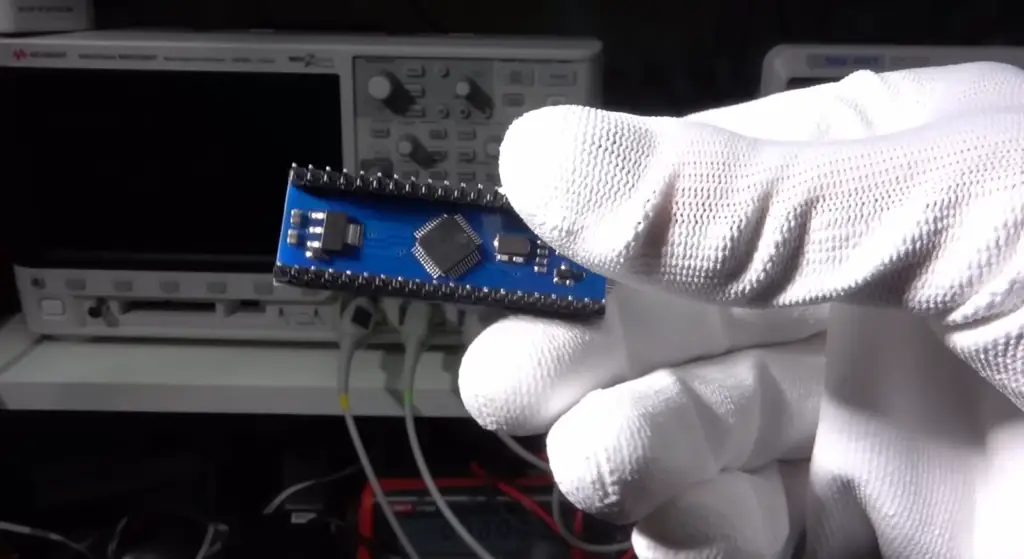
What Is ESP32?
It was released in 2016 and offers Wi-Fi and connectivity, as well as a of other peripherals such as, analog inputs, touch, PWM outputs and more. The ESP32 also supports Arduino programming language and allows it to be used with popular development boards such as theMCU or Adafruit Feather Huzzah. In terms of its specs, the ESP32 boasts dual core 32-bit processors running at up to 240 MHz clock frequency with 520 KB SRAM memory and 4MB Flash Memory for storing code and data. Additionally, it features an integrated 802.11b/g/n Wi-Fi radio, Bluetooth 4.2 and a variety of I/O capabilities such as GPIO, UART, I2C, SPI and more.
Pros of STM32
One of the main advantages of STM32 is its wide range of microcontrollers. There are more than 100 different types of STM32 microcontrollers, ranging from low-end to high-end, each with its own set of features and capabilities that make them suitable for a variety of applications.
Additionally, because STM32 is an open source platform, developers can customize the code to fit their own unique needs. This makes it easy to create custom applications or add features without having to modify existing code.
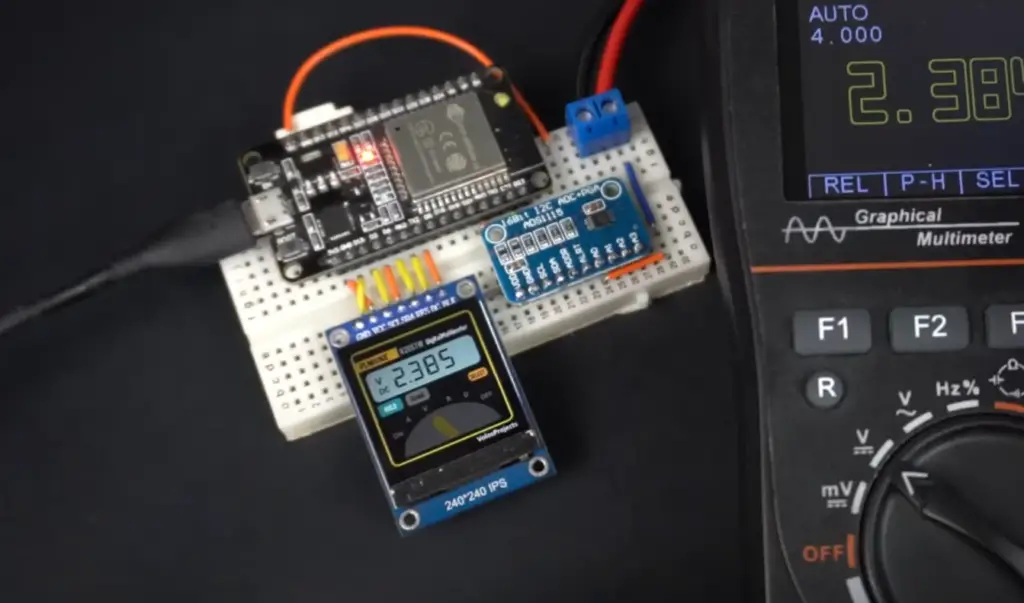
Another advantage is the vast library of support resources available for programmers working with STM32. From built-in debugging tools to comprehensive user manuals, there is plenty of help available when developing with this platform.
Finally, STM32 also offers excellent power efficiency and performance, making it a great choice for battery-operated devices. Additionally, the microcontrollers are designed with low-power features such as low-power modes and sleep states that help conserve energy and extend battery life. All this adds up to make STM32 a great choice for embedded applications. [2]
Cons of STM32
The main disadvantage of STM32 is its lack of Wi-Fi and Bluetooth support. While some of the more advanced microcontrollers from this platform can be used with external modules or add-on boards to enable wireless communication, most don’t come with those features built in. This means that developers who need Wi-Fi and Bluetooth for their project will have to use another platform.
Additionally, STM32’s development environment can be complex, especially for beginners. The sheer number of options available (from debugging tools to library functions) makes it difficult for new users to figure out how the system works. It also takes time to learn all the features and get up to speed with the system. For experienced developers, though, the complexity is usually not a problem.
All in all, STM32 has a lot to offer for embedded projects. Its wide range of microcontrollers, open source platform, and excellent power efficiency make it an attractive choice for many applications. However, its lack of Wi-Fi and Bluetooth support as well as a complex development environment should be taken into consideration when deciding on which platform to use.
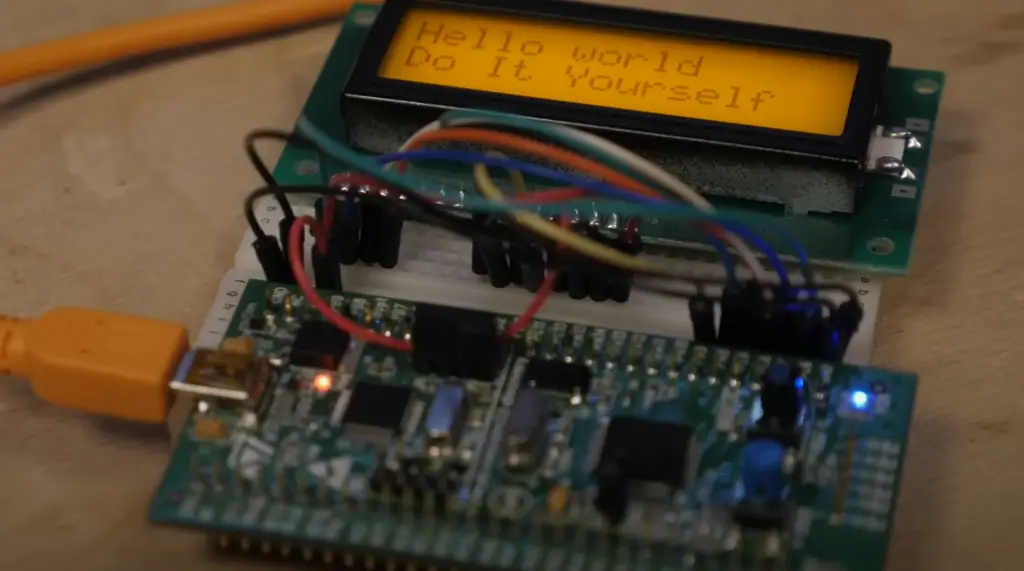
Pros of ESP32
The ESP32 offers several advantages over the STM32. One of the main benefits is its low power consumption, making it an ideal choice for battery-powered devices or applications where energy efficiency is important.
Additionally, its integrated RF transceiver enables support for 802.11 b/g/n WIFI and Bluetooth 4.2 LE communications. It also has a built-in microcontroller that can be used to control peripherals directly without needing to rely on external MCUs like with the STM32. Moreover, its peripheral selection includes more options than the STM32 such as a Crypto-Authentication device and CAN interface which make it well suited for automotive applications or other safety critical systems.
Finally, the ESP32 offers a wide range of features at an attractive price point, making it a great choice for those on tighter budgets. [3]
Cons of ESP32
The ESP32 is not without its drawbacks. For example, it only has a single core processor which limits its performance compared to dual-core solutions like the STM32. Additionally, the development environment for the ESP32 is still relatively immature, making it more difficult to find good documentation or examples for certain tasks.
Overall, while there are some compelling benefits of the ESP32 over the STM32, there certainly are tradeoffs depending on one’s specific project requirements. It is important to carefully consider these different factors before settling on a microcontroller solution. Ultimately, both platforms have their pros and cons and choosing between them ultimately comes down to one’s individual needs and preferences.
STM32 vs ESP32: Which is Better?
When it comes to low-cost microcontrollers, two of the most popular options are the STM32 and ESP32. Both offer a powerful yet cost-effective solution for embedded projects. But which one is better?
The STM32 has been around since 2005 and is used in many products ranging from consumer electronics to industrial automation. It features an ARM Cortex-M4 core and offers excellent power efficiency and performance. It also comes with plenty of onboard peripherals such as UART, I2C, SPI, USB, CAN interfaces and much more.
On the other hand, the ESP32 was released in 2016 and has quickly become one of the most popular microcontrollers for IoT applications. It offers a high-speed dual-core processor, built-in Wifi and Bluetooth connectivity, and supports multiple low power modes to conserve battery life.

Where to Use STM32?
STM32 microcontrollers are great for many applications, especially in the industrial and consumer markets. They are used in a variety of systems including home appliances, medical devices, automotive electronics, and even gaming systems. STM32 MCUs offer high performance at an affordable price point making them attractive for designers looking for reliable solutions.
They come with a wide range of integrated peripherals such as timers, ADCs, PWM controllers, DMA controllers, communication interfaces (e.g., USB, Ethernet), and more – which make it easy to add additional features to designs without extra components or software development time. Their low-power operation also makes them ideal for battery-powered projects where energy efficiency is paramount.
Where to Use ESP32?
ESP32 is well-suited for applications that require low power and advanced connectivity options. It is a great choice for IoT projects, where it can be used to control Wi-Fi, Bluetooth, and other short-range wireless connections. Its dual-core processor also makes it ideal for applications that require real-time processing or multitasking capabilities. Additionally, its built-in support for multiple radio protocols enables users to easily connect to Bluetooth Low Energy (BLE), ZigBee, Thread, ZWave and more.
How to Use STM32?
The STM32 family of microcontrollers is one of the most popular microcontroller families on the market. It includes a wide range of devices with different features, ranging from small 8-pin packages to high-end MCUs with advanced peripherals.
Using an STM32 requires a few basic steps:
- Selecting the correct device – Different models of the STM32 family offer different performance and capabilities, so it’s important to select the right model for your application.
- Installing development tools & software – The STM32 is typically programmed using a development environment such as Atollic TrueSTUDIO or IAR Embedded Workbench, which both offer free versions that support programming in C, C++, and assembly languages.
- Configuring the board – You’ll need to configure the pinouts of your chosen STM32 device. Depending on the model, this might require setting up jumpers or switches, or a more advanced configuration such as connecting external debuggers or programming tools.
- Programming the device – Once your development environment is set up and you’ve configured your board correctly, you can start writing code for your application and flashing it to the STM32 microcontroller using dedicated tools such as ST-Link or JTAG adapters.
- Debugging & Testing – The final step is to test and debug your application by running it on the STM32 and making sure it works as expected.
By following these simple steps, you can quickly get started using an STM32 microcontroller for your project! [5]
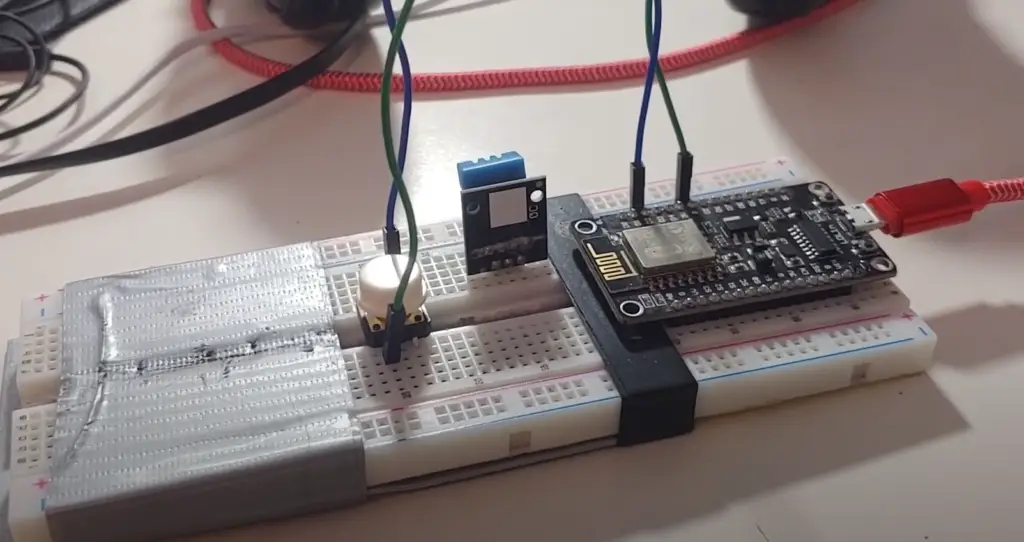
How to Use ESP32?
The ESP32 is a low-cost, low-power system on a chip (SoC) designed for the Internet of Things (IoT). It has integrated Wi-Fi and Bluetooth connectivity, as well as an extensive set of peripherals. This makes it ideal for building connected, low-power applications. To use the ESP32, you’ll need to install the Espressif IoT Development Framework (ESP-IDF), which provides all of the necessary tools and libraries for programming with the ESP32.
Once you’ve installed ESP-IDF, you can start developing your application. The simplest way to get started is by using one of the example projects provided in the framework’s examples folder. These projects provide a good starting point for understanding how the ESP32 works and can be used in the development of a more complex application. To use the example projects, you’ll need to set up a development environment such as Eclipse or Visual Studio Code. With these tools in place, you can compile your code and transfer it to an ESP32 board for testing.
Which Is Better?
The STM32 can also execute instructions faster and has better real-time capabilities. However, it lacks wireless connectivity features (it does not have built-in Wi-Fi/Bluetooth support) which may limit its functionality for some applications.
The ESP32 provides better wireless capabilities since it supports both Bluetooth and Wi-Fi with excellent antenna design, making it a great choice for IoT applications that require reliable communication over long distances. Additionally, its integration with the Arduino environment makes it easier to program compared to the STM32. However, its lower clock rate makes it slower in certain tasks, and its lower memory size may limit the complexity of applications.
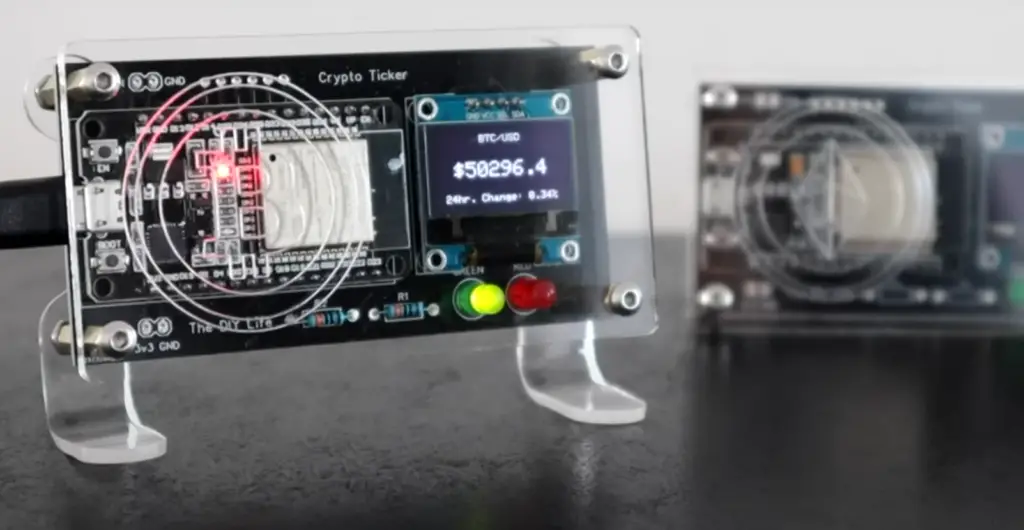
In conclusion, when choosing between the STM32 and ESP32 for your application, it is important to consider the features needed, budget constraints, and performance requirements. If you need a controller with rock-solid real-time performance with plenty of processing power and peripherals then the STM32 is an excellent choice. However, if you need better wireless communication capabilities or if you are working on an IoT project with Arduino then the ESP32 should be your top pick. [6]
FAQ
Which is better, ESP32 or STM32?
The answer to this question depends on the specific needs of your project. Both ESP32 and STM32 microcontrollers offer high performance, low power consumption, and flexibility when creating embedded applications. The ESP32 is a popular choice for IoT development due to its built-in Wi-Fi and Bluetooth capabilities, while the STM32 offers more general purpose features such as multiple I2C/SPI connections, PWM outputs, USB connectivity, etc. For most projects that require wireless connectivity or other unique features offered by the ESP32, it will be a better choice than the STM32. If your project does not have any special requirements that can only be met with an ESP32, then you may want to consider going with the STM32 as it is usually cheaper and offers more general purpose capabilities. Ultimately, the choice of which one to use really depends on your specific project requirements.
Why is STM32 better than Arduino?
It has a much higher clock speed and larger memory than the Arduino, allowing it to run more complex programs with greater efficiency. Additionally, the STM32 comes with many features that are not available on an Arduino board, including support for advanced tools such as real-time trace debugging. This allows engineers to easily debug their code and identify errors quickly. Unlike the Arduino which is an open source platform, STM32 can be programmed using proprietary tools such as Atollic TrueStudio or Keil uVision IDE—making programming faster and easier.
Why is STM32 used in industry?
STM32 is often used in industry due to its high performance and reliability. It provides real-time control capabilities, allowing for fast reaction times and accuracy when dealing with complex tasks. Additionally, the STM32 has a wide range of peripherals available, allowing for custom applications tailored to specific needs. Finally, the STM32 uses ARM Cortex technology which offers more power efficiency than other microcontrollers—making it an ideal choice for use in battery-powered devices. All of these factors make the STM32 a popular choice for industrial applications.
How powerful is ESP32?
The ESP32 is a powerful microcontroller with a great deal of processing power. It has the ability to connect to both WiFi and Bluetooth networks, allowing for easier integration into existing home automation systems. Additionally, the ESP32 supports a wide range of peripherals including LCDs and OLEDs, perfect for creating customized displays. Lastly, the ESP32 has many features designed for low-power applications such as sleep modes which can reduce power consumption significantly. This makes it an ideal choice for use in battery-powered devices where power efficiency is paramount.
Does STM32 use C or C++?
The STM32 typically uses the C programming language for development. However, there are some libraries and coding environments which allow for more advanced features to be implemented in C++. Additionally, it is also possible to use other languages such as Python on some STM32 microcontrollers, making them even more versatile. Ultimately, the choice of language depends on the project requirements and the capabilities of the particular board being used. Overall, both the STM32 and ESP32 have their own strengths and weaknesses when it comes to developing embedded systems.
What are the pros and cons of ESP32?
The ESP32 microcontroller is one of the most powerful and versatile chips on the market today. It has numerous built-in features such as Wi-Fi, Bluetooth, BLE, NFC and a vast array of I/O options, making it suitable for a wide range of applications. The ESP32 also has dual processor cores which allows it to handle multiple tasks simultaneously. However, there are some drawbacks to consider when comparing an ESP32 to other microcontrollers like the STM32. One con associated with the ESP32 is its limited memory size. The available RAM and flash memory on an ESP32 chip may be inadequate for some applications that require more storage space. Additionally, while there are plenty of peripherals included on the chip, some of them cannot be used simultaneously due to limited resources. Finally, the power consumption of an ESP32 is higher than that of an STM32, meaning it may not be suitable for battery powered applications.
Useful Video: ESP32 vs STM32: Which one is better (Bluepill)?
Conclusion
In conclusion, both STM32 and ESP32 offer a variety of features for embedded systems. Ultimately, the decision on which is better depends on the needs of each individual project. While STM32 has a larger variety of integrated peripherals and more powerful Cortex-M cores with higher performance, it comes at the cost of having limited Wi-Fi/BLE capabilities. On the other hand, ESP32 offers built-in Wi-Fi/BLE hardware but lacks in terms of performance when compared to STM32. Therefore, if you are looking for an embedded system with Wi-Fi/BLE functions then ESP32 is the best choice whereas if you prioritize high performance then STM32 should be your go to choice. In any case, both are viable options to consider and can be used for your project.
Ultimately the decision comes down to the specific needs of each individual project. It is important to do extensive research on both platforms before making a final decision. With that being said, whichever system you choose will surely provide you with the necessary features for an effective embedded system.
Happy Coding!
References
- https://www.embedic.com/technology/details/esp32-vs-stm32–which-is-better-and-how-to-choose-2022
- https://www.icrfq.net/esp32vs-stm32/
- https://www.hosenv.com/article/news/esp32-vs-stm32:-which-one-is-better.html
- https://www.eevblog.com/forum/microcontrollers/which-is-better-stm32-nucleo-or-esp32/
- https://socialcompare.com/en/comparison/rp2040-vs-stm32-vs-esp32-vs-esp8266
- https://forum.arduino.cc/t/which-is-better-stm32-nucleo-or-esp32/659268













Leave a Reply